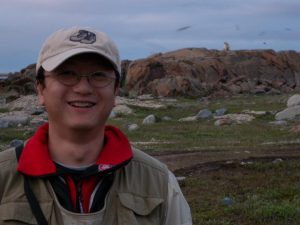
Natural history museums have long been valuable repositories of data on species diversity. These data have been critical for fostering and shaping the development of fields such as biogeography and systematics.

Natural history museums have long been valuable repositories of data on species diversity. These data have been critical for fostering and shaping the development of fields such as biogeography and systematics.

The rate of species extinction has lent increasing urgency to the description of new species, but in this supposedly networked “big data” era the process of cataloging the rich tapestry of life has changed little since the time of Linnaeus.
This is a guest post by Class-Thido Pfaff We here present the BEFdata R package as part of the rOpenSci project. It is an API package that combines the strengths of the BEFdata portal in handling small, complex datasets with the powerful statics package R. The portal itself is free software as well and can be found here.

Following from our previous blog posting, here we profile and interview Dr Xin Zhou, lead author of our recent “squishome” insect goo metabarcoding paper.

Insect goo aids biodiversity research Apologies to Jonathan Eisen (see Badomics in the journal), but today in GigaScience we publish a new “squishomics” approach for assessing and understanding biodiversity, using the slightly wacky sounding method of combining DNA-soup made from crushed-up insects and the latest sequencing technology.

Benoît Fontaine et al. recently published a study concluding that average lag time between a species being discovered and subsequently described is 21 years. The paper concludes: This is a conclusion that merits more investigation, especially as the title of the paper suggests there is an appalling lack of efficiency (or resources) in the way we decsribe biodiversity.